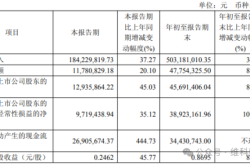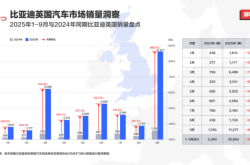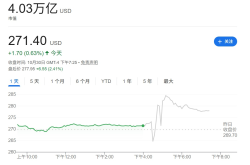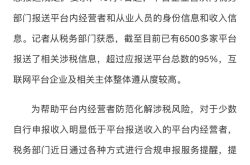Revitalized by Government Subsidies: The Mid-Range Smartphone Market Emerges as the New Battleground
![]() 04/29 2025
04/29 2025
![]() 588
588
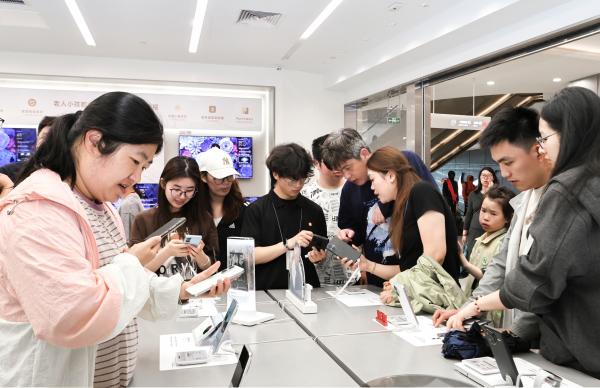
Image source: Xiaomi Home official Weibo
An Ultimate Competition Centered Around Product Ecosystems
Written by Meng Huiyuan
Edited by Li Wenjie
Typeset by Annalee
While the world's attention has long been focused on domestic smartphone brands striving for high-end status, a more intense internal competition is quietly unfolding in the mid-range market.
For domestic brands' high-end flagship phones, consumers often struggle to pinpoint specific advantages, as the term 'flagship' inherently suggests a product that excels across all current performance benchmarks, akin to an 'all-rounder academic star'.
Mid-range products, however, are a different story. They are more like 'partial academic stars', not pursuing exaggerated benchmark scores or relying on complex technical jargon. Instead, they focus entirely on manufacturers' deep insights into the needs of segmented users (such as gaming, photography, and long battery life) for their performance selection and pricing strategies.
In the mid-range smartphone market, Xiaomi's Redmi captures market share with its extreme cost-effectiveness, OnePlus opens new avenues through technological optimization, OPPO achieves breakthroughs with differentiated functions, Honor consolidates its advantages with offline channels and AI imaging, realme disrupts the landscape with aggressive pricing and social scene design, and vivo expands its coverage with gaming optimization and fast charging technology.
These strategic divisions are driving the industry towards accelerated technology democratization and scenario exploration.
Budget constraints necessitate trade-offs when purchasing mid-range phones
"The key to choosing a mid-range phone lies in understanding your specific needs. Unlike flagship phones from various brands, which excel in almost all aspects, flagship prices are set at a premium level. If your budget is limited, a mid-range phone is a great alternative, but each has its own priorities, equivalent to you only being able to pick the feature you value most."
Recently, Yang Fan, who needed to replace her phone, visited several domestic smartphone brands' offline stores. For her, who used to replace her phone every one or two years, she could only afford a mid-range model due to the current economic environment. As she had never paid attention to products other than flagship phones before, the salesperson's words had a significant impact on her.
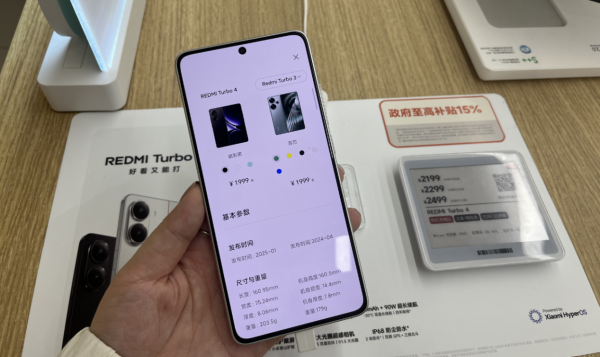
Under the national subsidy policy, the mid-range smartphone market benefits the most
Whenever Yang Fan encountered a salesperson, they would highlight the specific strengths of different mid-range models within the 2000 to 3000 yuan price range. "When choosing a flagship phone, you mainly consider usage habits and brand reputation, as it is currently the best product of that brand with no significant shortcomings. But mid-range phones follow a different logic, placing more emphasis on precisely matching users' core needs."
From a consumer's perspective, under the same budget, choosing a mid-range model necessitates trade-offs. From a brand's perspective, mid-range products are the ultimate test of their supply chain and technology decentralization capabilities. Piling up specs in flagship phones is a show of strength, while cost-effectively optimizing mid-range phones is the real skill.
Due to cost constraints, mid-range products generally have their own focus areas compared to high-end flagship phones, such as performance and battery life, which are also directions for differentiated competition among brands and products. In this context, no single brand can dominate the market with a single advantage.
Online feedback suggests that these mid-range phones cannot excel in all aspects: The Redmi Note series boasts the strongest processor performance for its price point, but some models' camera and screen quality are merely 'adequate'; OnePlus's 'performance tuning' provides more stable game frame rates, but its battery capacity is often 10% smaller than competitors'; OPPO Reno focuses on portrait photography and a lightweight feel, but its heat dissipation design is not friendly to heavy gamers; Honor's digital series stands out in night photography with AI algorithms, but its fast charging power lags behind the industry average.
As phone manufacturers push the 'strengths' of mid-range products to the extreme, consumers' choices become a game of compromise.
"Generally, mid-range phones are defined by their specific features. If it's for long battery life, it will have a large battery; if it's for outdoor users, water and dust resistance should be enhanced; if it's for gaming, it will use a better chip. However, they usually don't invest heavily in imaging to differentiate from more expensive products," an IDC analyst once said.
According to the IDC report, smartphone shipments in the Chinese market increased by 3.3% year-on-year to 71.6 million units in the first quarter of 2025, driven by the combination of the 'national subsidy' policy and the Spring Festival sales season. This continued the growth trend of the past five quarters, but the growth rate was lower than IDC's expectations.
It's worth noting that this national subsidy does not cover all price segments, with mid-range markets benefiting the most—a segment that has always been the most fiercely competitive in China. When recommending and showcasing products to Yang Fan, relevant salespeople repeatedly emphasized the ultra-high cost-effectiveness of mid-range phones combined with national subsidies. A salesperson from Honor even specifically mentioned how cost-effective it is to purchase a mid-range phone at this price point under the national subsidy and the 'Nezha 2' subsidy campaign.
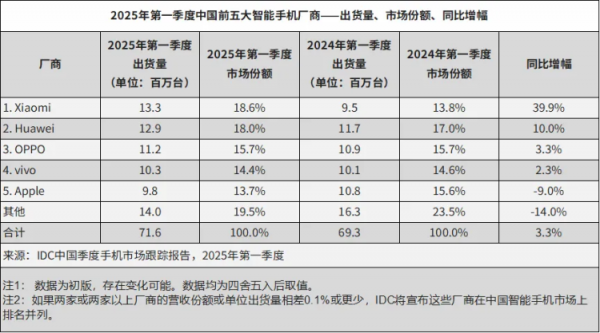
Apple's poor performance may be attributed to the exclusion of Pro series products from the national subsidy policy. Image source: IDC
In this regard, Ivan Lam, a senior analyst at Counterpoint, predicted in an interview with Huaxia Times that the overall domestic smartphone market may experience a slight increase in 2025. As the domestic smartphone market becomes increasingly high-end, competition in mid-range and above smartphone products will intensify.
When the 'Competition of Strengths' is No Longer Internal Consumption
In recent days, domestic smartphone brands have intensively released new mid-range products, demonstrating that competition in this market is far more exciting than imagined.
On April 23, realme officially launched its flagship new product, realme GT7, priced from 2599 yuan, with a national subsidy price starting at 2210 yuan. Its market positioning is to break industry unwritten rules in the performance and battery life segments, creating a 'double champion in performance and battery life'.
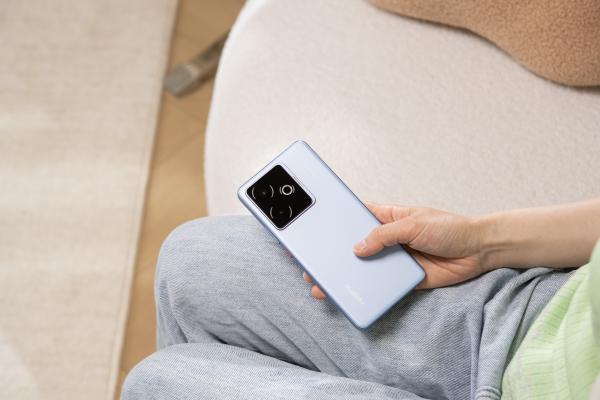
realme GT7
On the same day, Honor unveiled the gaming performance flagship Honor GT Pro, priced from 3199 yuan after national subsidies. This model aims to meet young users' relentless pursuit of gaming performance flagships with its comprehensive upgrades in performance, control, battery life, and eye protection experience.
On April 24, at OnePlus's new product launch event, the small-screen performance flagship OnePlus 13T officially debuted, priced from 3399 yuan, with a national subsidy price starting at 2899 yuan. This product embodies OnePlus's emphasis on the comprehensive performance experience of small-screen phones, including performance, smoothness, and battery life. It is said to have a significant advantage in gaming experience among products of the same size, breaking the 'curse' that small screens equate to compromised performance.
Also on the same day, the REDMI Turbo 4 Pro was officially released, priced from 1999 yuan, with a national subsidy price starting at 1699.15 yuan. Battery life is one of its significant advantages, making it the model with the largest battery capacity in REDMI's history. Official sales data revealed that REDMI Turbo 4 Pro's sales exceeded the first-day sales of its predecessor, Turbo 4, just one hour after its launch.
Previously, as phone manufacturers were accustomed to decentralizing flagship technology to mid-range phones, the mid-range market became a touchstone for testing manufacturers' technology transfer capabilities.
Observing these developments, it's clear that as the 'competition of strengths' in the mid-range market intensifies, it not only forces a fundamental shift in the industry's technology migration paradigm but also spurs the emergence of more groundbreaking products in niche areas.
Taking Honor GT Pro, which targets the gaming phone segment, as an example, in addition to enhancing its product performance, it has also made significant efforts in building its product ecosystem: collaborating with the world's leading game platform Garena to create a 'handheld 3A flagship' for gamers; and becoming a special partner of the Hero Asian Champions League (ACL), making it the official designated phone for ACL matches.
Similarly, addressing the market gap where small-screen phones also require flagship-level performance, OnePlus 13T began to create a differentiated positioning as the 'small-screen giant'. It precisely targeted this niche market from three dimensions: performance breakthrough, heat dissipation innovation, and user experience, setting a new record for small-screen phones with a battery life of up to 7 hours of continuous gaming, demonstrating a qualitative leap in performance.
Developing functions tailored to gaming, imaging, business, and other needs; enhancing product premium capabilities through partner resources (such as game developers and event IPs); introducing heat dissipation solutions from the new energy vehicle sector (such as VC vapor chambers) into smartphones... The choices made by manufacturers indicate that competition in the current mid-range market has shifted from purely cost-effectiveness to differentiated competition based on technological strengths.
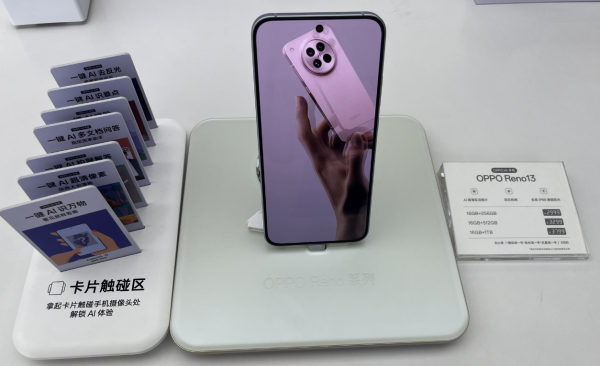
The OPPO Reno series is equipped with AI-related functions
When realizing that the past model of mid-range phones relying on 'obsolete technology' from flagship phones is failing, manufacturers began to conduct in-depth optimization for segmented scenarios and even build moats for differentiated competition through ecological cooperation.
On this basis, a new competition for mid-range phones centered around 'precise demand fulfillment' has begun—where the 'competition' is no longer internal consumption but rather forces the industry to leap out of the single-parameter war of 'strengths' and truly return to the ultimate competition based on users' in-depth usage scenarios.
Perhaps by the final stage, the ultimate winners will not only be smartphone manufacturers but also ecological giants capable of controlling core industry chains such as batteries, displays, and AI algorithms.

